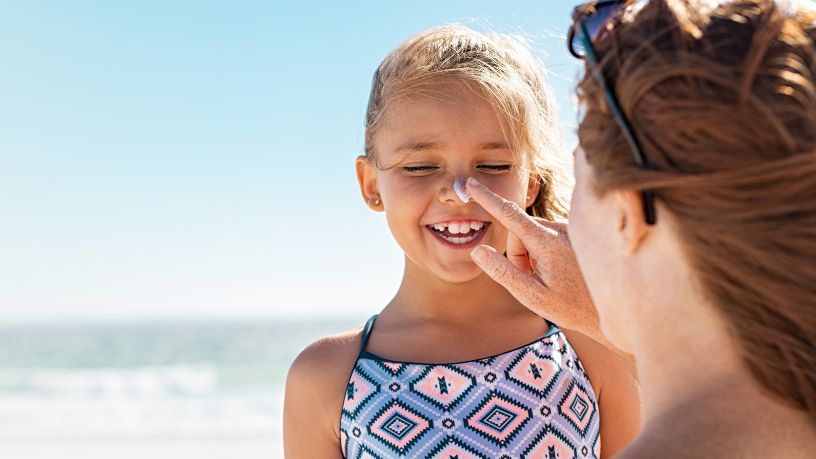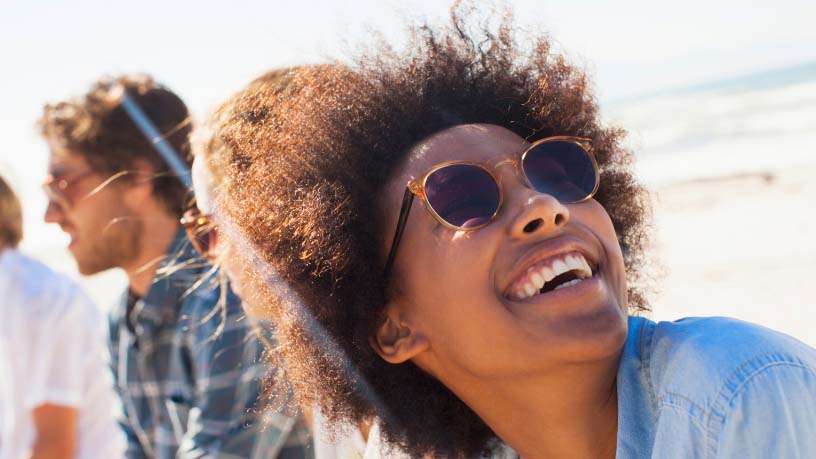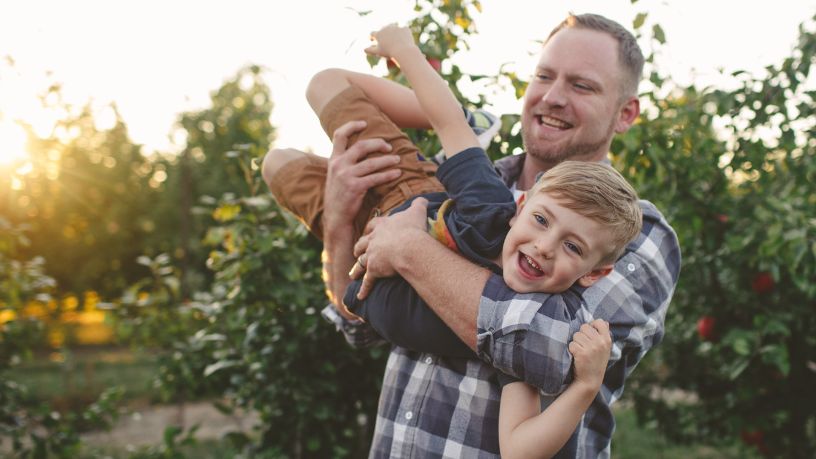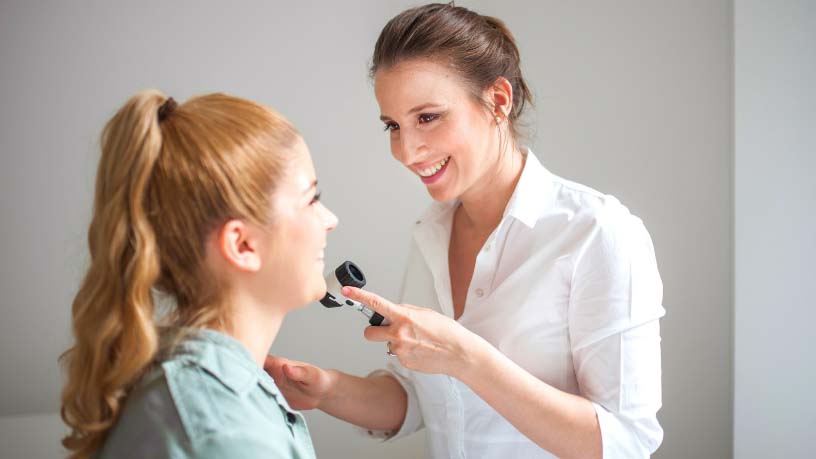On this page
Key takeaways
- Sunscreen is one of the best ways to protect against skin cancer, but it’s just one part of sun safety.
- Choose sunscreens that are broad spectrum, water resistant and SPF50+, and make sure they’re TGA-listed.
- Any SPF is better than none, applying enough and reapplying regularly is what really matters.
Why sunscreen still matters
Australia has the highest skin cancer rate in the world. At least 2 in 3 Australians will receive a skin cancer diagnosis in their lifetime.1
Research shows that long-term sunscreen use can significantly reduce this risk and has already prevented thousands of skin cancer deaths in Australia.2
“There are lots of studies showing that getting a sunburn increases your risk of melanoma and other types of skin cancer,” says Professor Anne Cust, Chair of Cancer Council’s National Skin Cancer Committee.
“And the more times you get burned, the higher your risk of skin cancer.” Despite this, only 2 in 5 Australians use sunscreen on high UV days (UV index of 3 or above).3
“Australia does have the highest rate of skin cancer in the world,” Professor Cust warns. “We've got a predominantly fair-skinned population, and the UV levels that we experience here are much higher than elsewhere in the world.”
Sunscreen and SPF: what you need to know
Recently, some sunscreens have been recalled or failed SPF testing, leaving some people unsure which products to trust.
GP and Bupa Clinical Lead, Dr Samantha Saling says sunscreen is still vital for protecting your skin.
“Even a lower SPF product is better than nothing,” she explains. “SPF works on a spectrum, SPF4 blocks about 75% of UVB rays, SPF50 blocks around 98%.”
“I always recommend SPF50+ where possible, because it gives your skin the highest level of protection available.”
“The key is finding a sunscreen you’ll actually wear, applying enough, and reapplying regularly,” says Dr Saling. “It’s your best defence, alongside covering up and seeking shade.”
Which sunscreen is right for you?
There are many types of sunscreens available: creams, zinc blocks and pump-pack sprays.
Professor Cust notes:
“Just find one you find comfortable to wear. Usually, the one that you like is the one that you're going to wear.”
The Cancer Council does not recommend aerosol sprays as wind and other environmental factors can make them less effective.
All sunscreens sold in Australia are regulated by the Therapeutic Goods Administration (TGA).
“Always check that your sunscreen is TGA-listed and hasn’t been recalled,” Dr Saling adds. “These products have been assessed to meet strict quality and safety standards.”
What to look for
- Broad spectrum protects against both UVA (aging and DNA damage) and UVB (burning).
- Water resistant especially if swimming or sweating.
- High SPF, SPF50 or SPF50+ is recommended.
“Most of us don’t use enough sunscreen to get the level of protection on the label,” says Dr Saling. “A good guide is about one teaspoon per body part, each arm, each leg, front, back and face. Reapply every 2 hours, or after swimming, sweating or towel drying.”
SPF also indicates how long your skin is protected compared to unprotected skin. For example, SPF50 theoretically protects 50 times longer than no sunscreen, but real-world factors like swimming or sweating reduce this time.
Sunscreen is only one part of sun safety
Sunscreen alone is just one of 5 key strategies for sun safety on days with a UV index of 3 or higher:
- Slip on sun-protective clothing
- Slop on broad-spectrum, water-resistant SPF50+ sunscreen
- Slap on a broad-brimmed hat
- Seek shade
- Slide on sunglasses that meet Australian standards4
“Slipping on as much clothing as possible to cover your skin, [regularly] slopping on sunscreen, slapping on a hat, seeking shade where possible and sliding on sunglasses,” says Professor Cust. Shape
Even with recent SPF concerns, sunscreen remains a safe and effective way to protect your skin, but it works best as part of a broader sun safety routine. Apply enough, reapply regularly, and combine it with clothing, hats, shade and sunglasses for the best protection.
Resources
Find out more information about sun safety in Australia by visiting Cancer Council's website.

At Bupa, trust is everything
Our health and wellbeing information is regularly reviewed and maintained by a team of healthcare experts, to ensure its relevancy and accuracy. Everyone's health journey is unique and health outcomes vary from person to person.
This content is not a replacement for personalised and specific medical, healthcare, or other professional advice. If you have concerns about your health, see your doctor or other health professional.
1 Cancer Council. (2023). Skin cancer incidence and mortality. Cancer Council.
2 Olsen, C. M., Wilson, L. F., Green, A. C., et al. (2017). Prevention of DNA damage in human skin by topical sunscreens. Photodermatology, Photoimmunology and Photomedicine, 33(3), 135-142.
3 Cancer Council. (2024). Concerning new data shows almost half of Australians aren’t using adequate sun protection [media release]. Cancer Council.
4 Cancer Council. (2024). Preventing skin cancer. Cancer Council.
You might also like...
A pro guide to applying sunscreen
You probably know that sunscreen can protect you from the dangers of the sun, but are you applying it correctly?
Suntanning culture
Australia has the highest skin cancer rate in the world, but that doesn’t stop us from suntanning. Learn about the dangers of laying out in the sun.
Sunburn: Everything you need to know
The occasional sunburn might seem like an everyday part of Australian life, but do you know how much damage it could be doing to your skin and your health?
Skin checks: Everything you need to know
Skin cancer is common in Australia, but early detection can significantly decrease your risk of a serious outcome. Discover different ways to check your skin.





